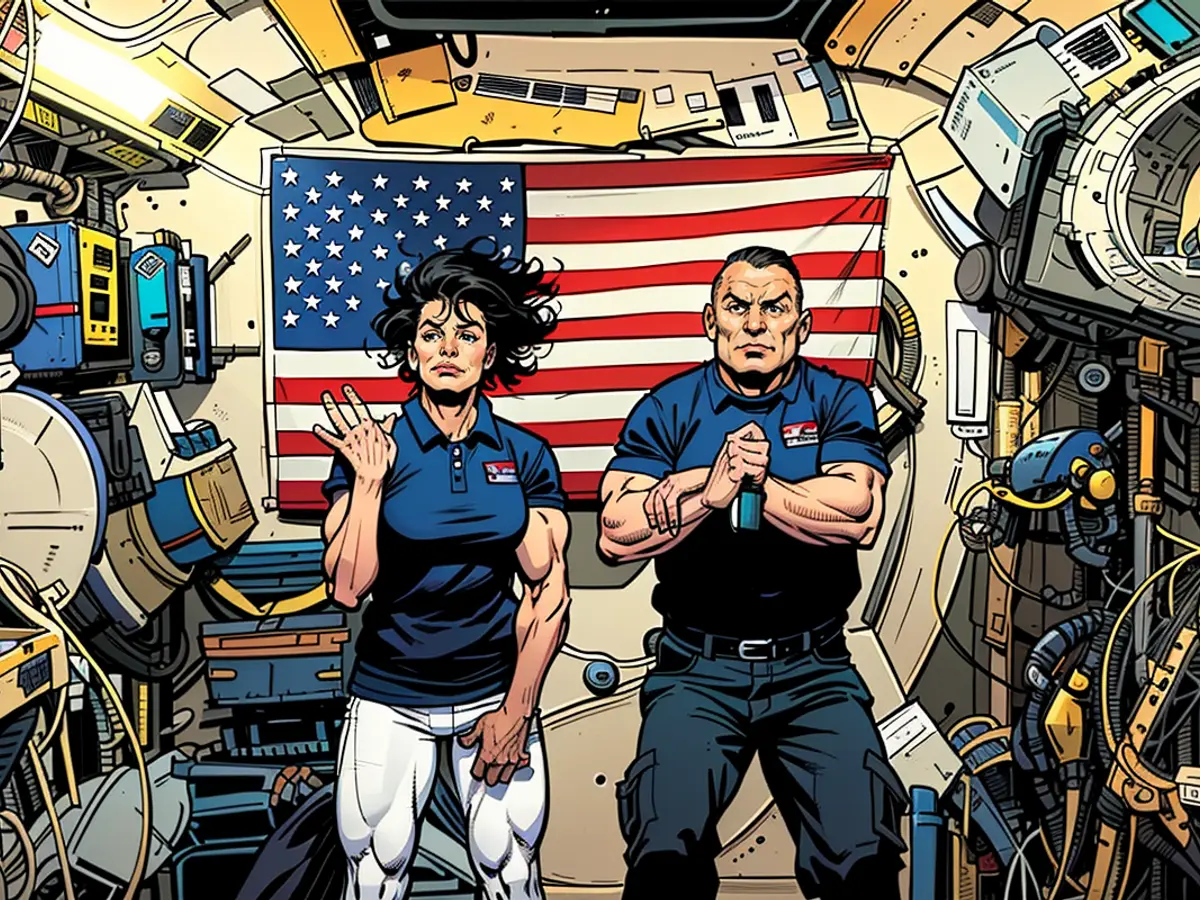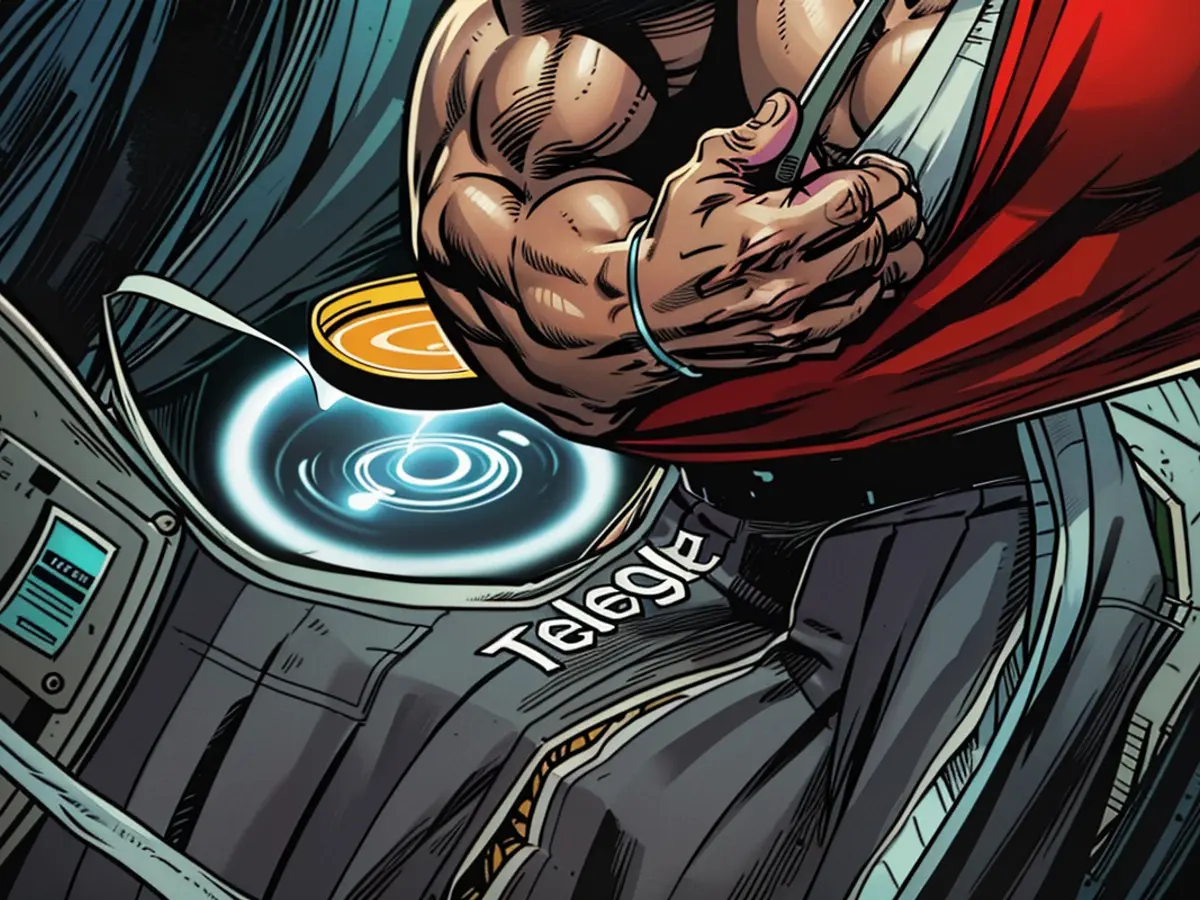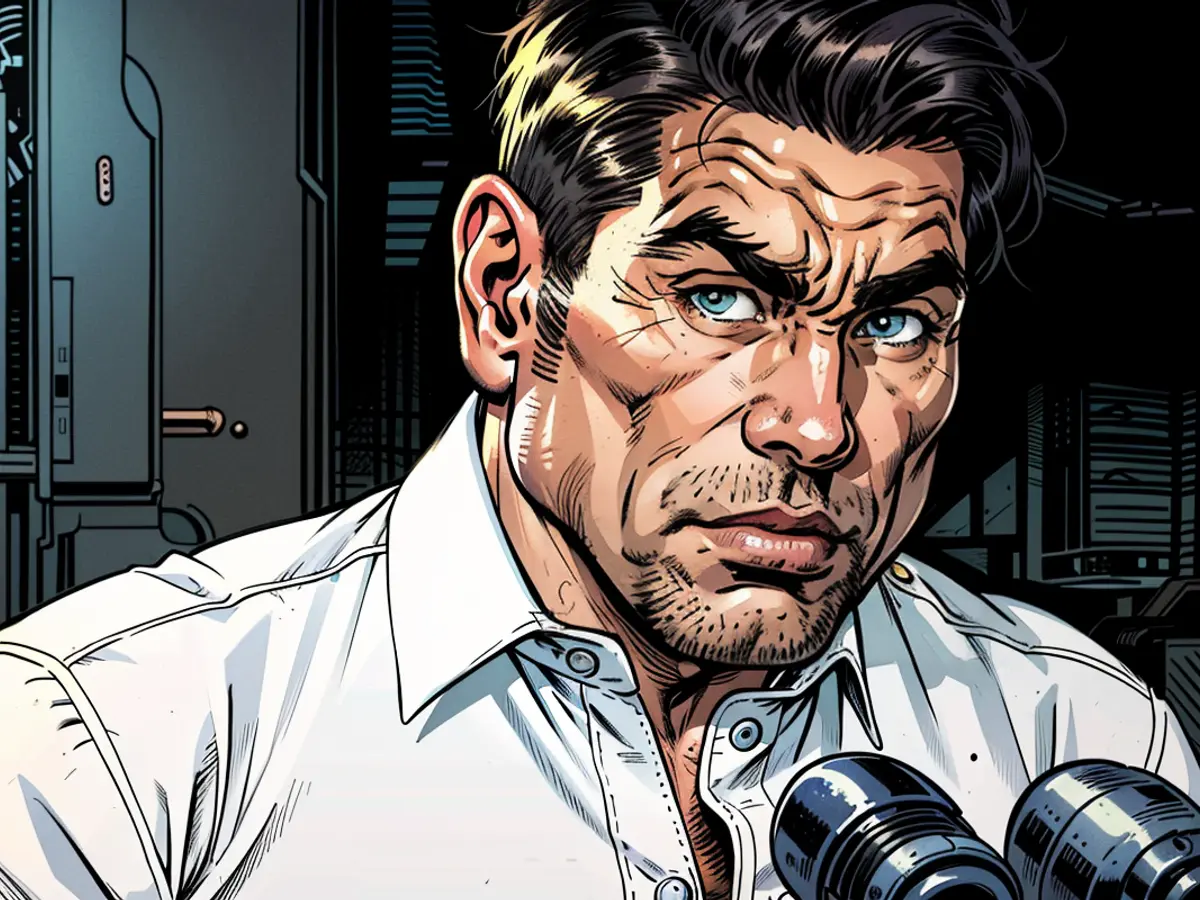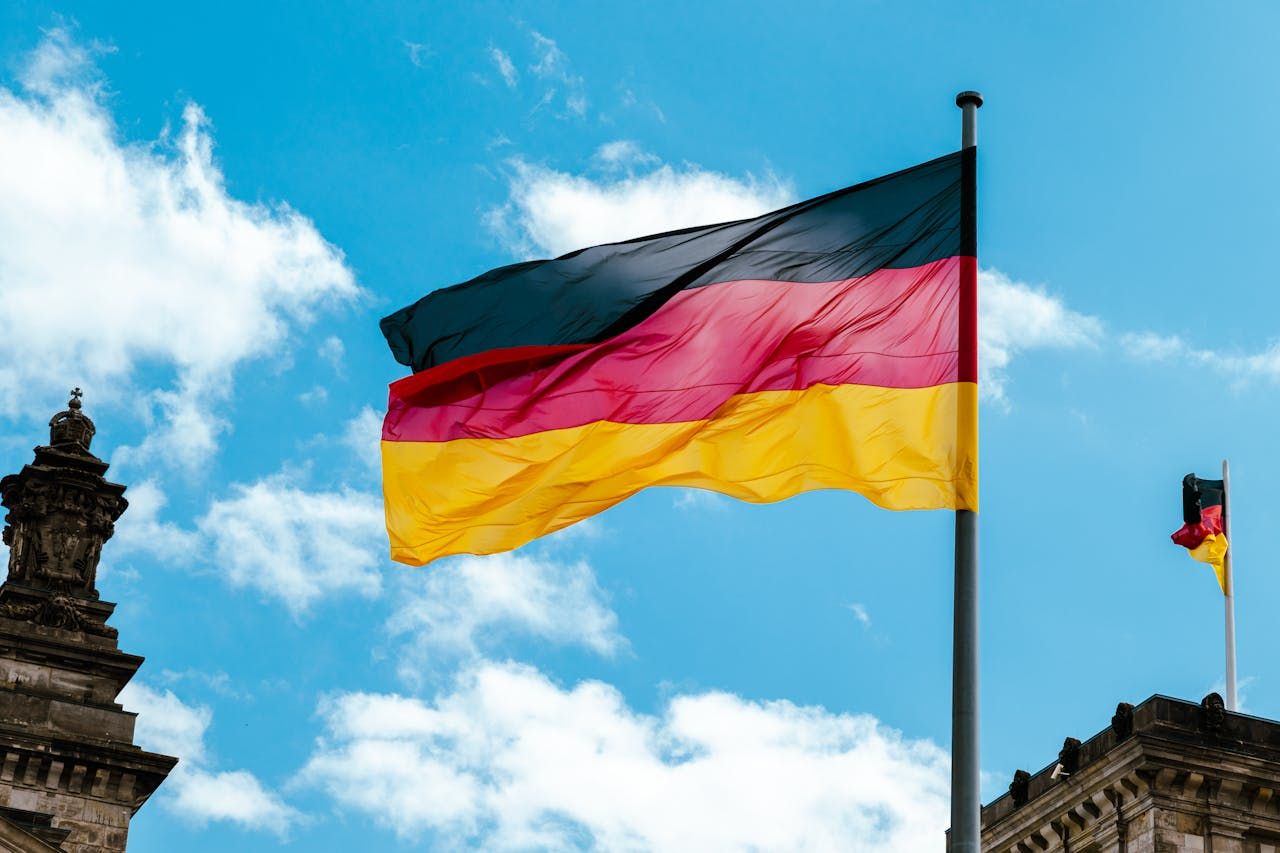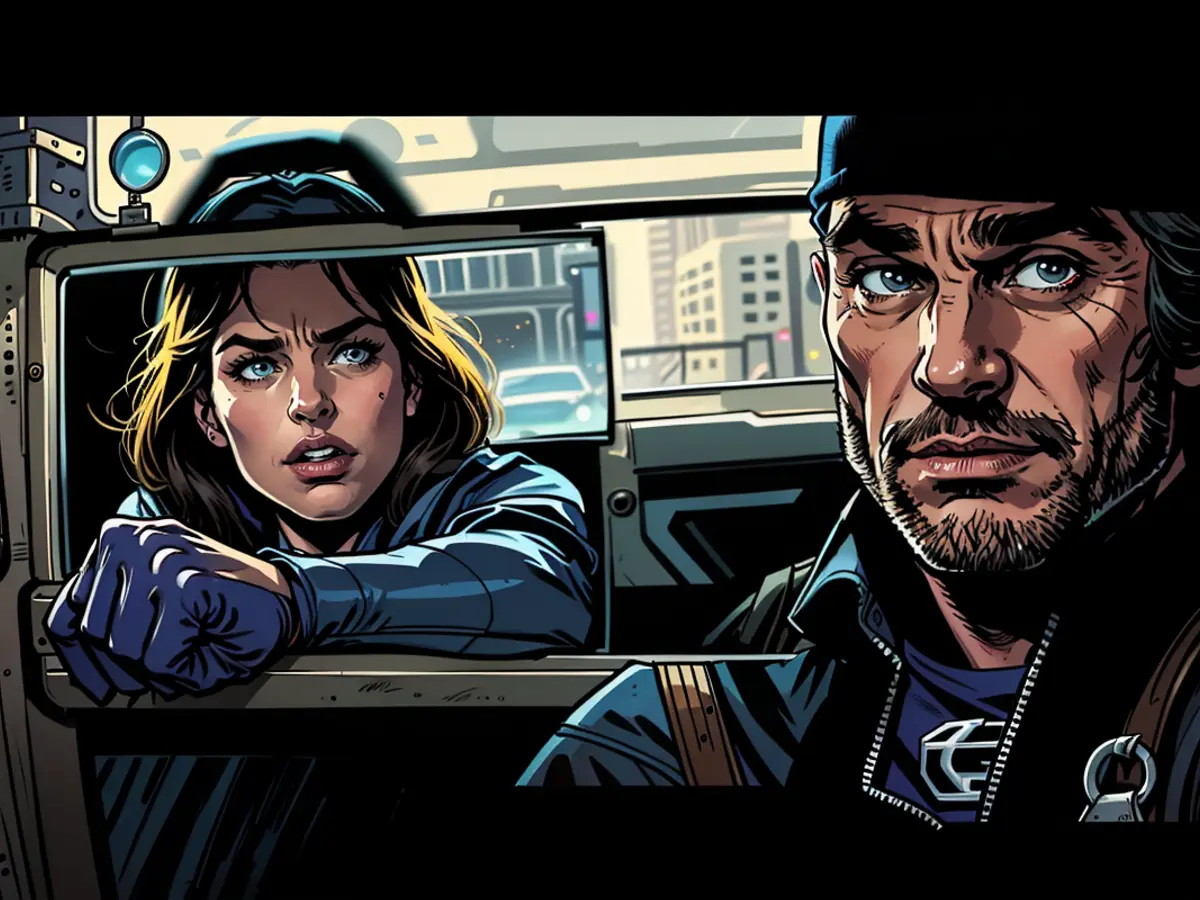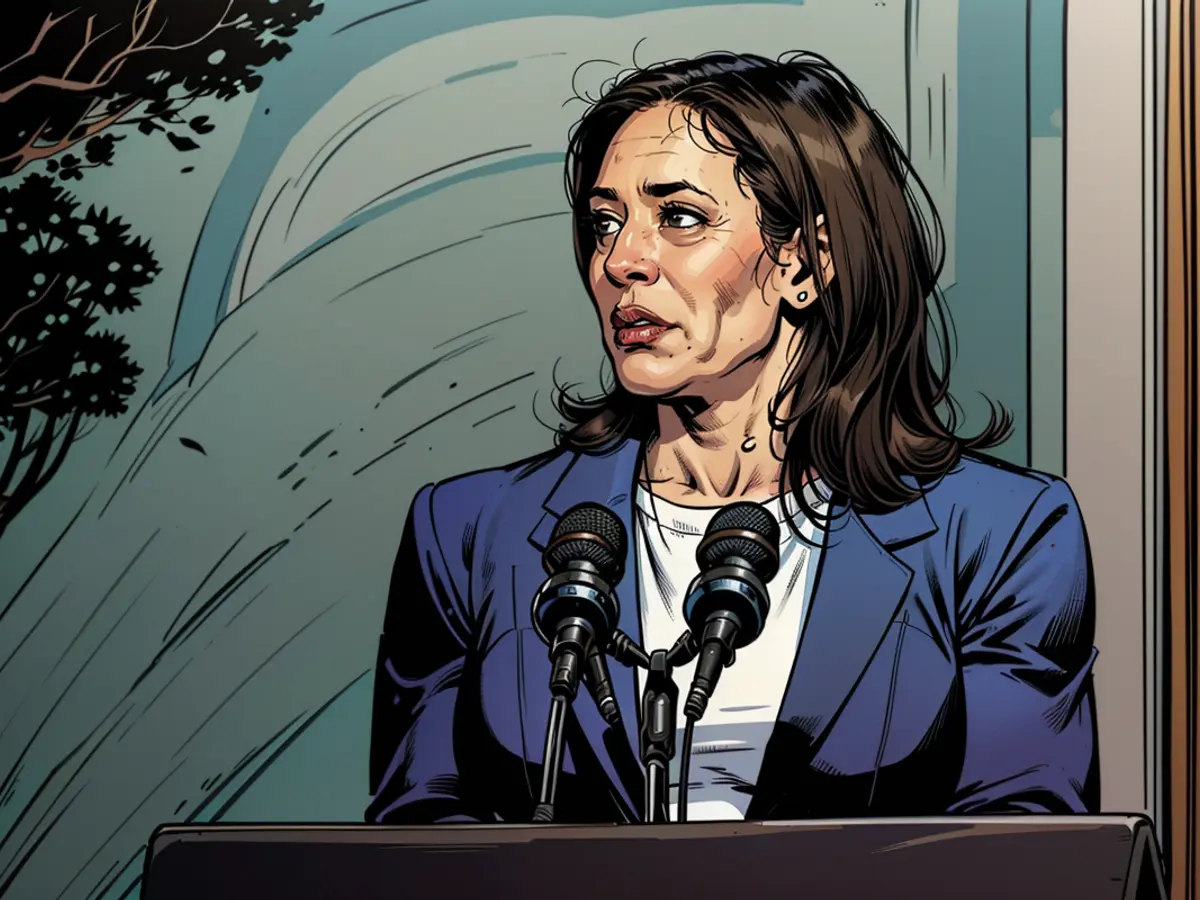Die NASA steht vor einem der größten Herausforderungen
Ursprünglich sollte Sunita Williams und Barry Wilmore nur eine Woche auf der ISS verbringen, doch nun finden sie sich seit fast drei Monaten dort festgehalten. NASA ringt mit "schmerzhaften Diskussionen" und muss eine ihrer schwierigsten Entscheidungen treffen.
Williams und Wilmore hatten sich auf eine Woche auf der ISS vorbereitet, doch Probleme mit ihrem Raumschiff haben sie in der Luft hängen lassen. Seit ihrer Ankunft sind fast drei Monate vergangen, und der Weg zurück zur Erde bleibt unklar. NASA muss eine historisch komplexe Entscheidung treffen und hat dafür ein Deadline gegen Ende des Monats gesetzt.
Vor ihrem Start im frühen Juni verbrachte Williams Zeit mit ihren Hunden, und Wilmore pflegte seinen Rasen, wie NASA berichtete. Alles schien friedlich und gewöhnlich. Doch die Ereignisse nahmen eine unerwartete Wendung. Das Problem trägt den Namen "Starliner". Obwohl Williams und Wilmore bei dem ersten bemannten Testflug des Raumschiffs sicher auf der ISS ankamen, gab es Probleme mit Heliumlecks und Triebwerken. Der ursprünglich für Mitte Juni geplante Rückflug wurde abgesagt, und seitdem sind Williams und Wilmore auf der Raumstation gestrandet.
Risiko oder zeitraubende Lösung?
NASA steht vor einer schwierigen Frage: Können Williams und Wilmore mit dem "Starliner" zur Erde zurückkehren? Seit Wochen führen Teams von NASA und Boeing Tests und Untersuchungen im Weltraum und auf der Erde durch, um eine Lösung zu finden. Bisher gibt es jedoch keine Klarheit.
Zwei Hauptoptionen werden erwogen: die riskante Rückkehr mit dem "Starliner" oder der Wechsel zu einem Flug mit dem "Crew Dragon". Für die erste Option müssten die Triebwerks- und Heliumleckprobleme gelöst werden, was bisher nicht gelungen ist. Die Alternative besteht darin, dass der "Starliner" ohne Williams und Wilmore zur Erde zurückkehrt, was eine umfangreiche Softwareumkonfiguration erfordern würde. Der Start der "Crew 9" mit dem "Crew Dragon" von SpaceX, der aufgrund aktueller Probleme von August auf September verschoben wurde, würde dann nur mit zwei Astronauten stattfinden. Williams und Wilmore würden Teil dieser Crew sein und würdenlikely early 2025 with their two colleagues zurückkehren. However, they would require special spacesuits, as those from the "Starliner" are not compatible with the "Crew Dragon". NASA and SpaceX have not announced who from the original crew would not be flying in this situation.
"Entscheidung basierend auf Daten"
"We want the decision to be based on data, not on feelings," says NASA manager Ken Bowersox. Ultimately, the decision lies with NASA administrator Bill Nelson, who emphasizes that the astronauts' safety is always the top priority.
Williams and Wilmore must prepare for more time on the ISS. With the "Starliner", they could potentially return to Earth as early as September, but with the "Crew Dragon", it might be as late as February - in which case, their one-week stay on board would have spanned nearly nine months. The 58-year-old Williams and the 61-year-old Wilmore are seasoned astronauts, and this is not their first stint in space or on the ISS. They are trained for all contingencies and are involved in all discussions, says NASA manager Steve Stich. They are "ready to do whatever is necessary."
"With a test flight like this, one is always prepared for the possibility that it could take longer," says NASA manager Joel Montalbano. "But they're doing well, they're fully integrated with the rest of the crew and just as busy as any other crew up there. Of course, they're also human, and all this is difficult for crew members and their families, we know that. But they're professional astronauts and they're doing great." Williams and Wilmore are a valuable addition to the ISS crew, NASA stresses repeatedly - but they also consume additional resources like food and hygiene items. Moreover, they are now exposed to higher radiation than originally planned for an extended period.
Does the "Starliner" have a future?
Despite the focus on the astronauts: Behind the scenes, it's also about the future of the "Starliner". The spacecraft developed and built by aerospace company Boeing for NASA was supposed to regularly send astronauts to the ISS by now - as an alternative to SpaceX's "Crew Dragon", which has been doing so reliably for years. However, the partially reusable spacecraft, which consists of a crew capsule and a service module, is currently facing severe challenges. In 2019, the spacecraft failed to reach the ISS during its first unmanned test, and while a second attempt succeeded in 2022, problems have since piled up and led to numerous delays.
"We want to stick to the idea of having two alternative transportation systems," emphasizes NASA manager Bowersox. "The problems are solvable, and then I see a bright future for the 'Starliner'." Both Boeing and NASA continue to back this stance - just like Bowersox expressing his "great respect for the Boeing team". At the same time, the manager also says: "The answer is always in the data."
The space travellers, Sunita Williams and Barry Wilmore, are currently waiting for a solution to the issues with their spacecraft, which have extended their stay on the ISS to nearly three months. The decision on whether Williams and Wilmore can return to Earth with the "Starliner" or switch to a flight with the "Crew Dragon" rests with NASA, prioritizing the astronauts' safety.
